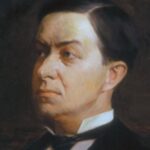
The Story Of The Only Governor To Be Assassinated
In 1900, a governor in the United States was assassinated for the first time. And ever since then, William Goebel has remained the only governor to have ever been assassinated, and possibly served the shortest term a governor has ever served in the United States.
Goebel isn’t only famous for his assassination, though. The aftermath of his gubernatorial campaign can be credited with coining the phrase “stop the steal,” though the political atmosphere was rife with corruption on both sides at the time. But during his political career, Goebel ended up making numerous enemies and in the end his assassination didn’t come as much of a surprise. In fact, he once murdered a man himself. But Goebel’s assassin never ended up being identified, despite the three convictions that were handed down as a result of his murder.
And even though those who were thought to be part of the plot to kill Goebel were either indicted or convicted, they all ended up being pardoned, even if it took some of them up to 20 years. Meanwhile, Goebel mostly faded into history, despite the fact that during his tenure he championed labor rights, becoming known as the “poor man’s lawyer” and the “champion of the common man.” This is the story of the only governor to be assassinated.
Who was William Goebel?
William Goebel was born in 1856 in Sullivan County, Pennsylvania to German immigrants William and Augusta Goebel. Goebel’s parents had come from Germany during the 1850s and up until he was 6-years-old, Goebel only spoke German, according to the National Endowment for the Humanities. His father briefly fought for the Union army, and afterwards the family moved to Covington, Kentucky.
According to “Kentucky’s Governors,” Goebel had a relatively reserved personality, especially when compared with others in the political world at the time. He was rarely found mingling with people even during political rallies and wasn’t one for making grand speeches. Many considered him to have “limited interests outside of politics and the law,” and in fact, he’s the only governor of Kentucky to have never married.
After graduating from Cincinnati Law School in 1877, Goebel started practicing law with John G. Carlisle and ex-governor John W. Stevenson, while also beginning to specialize “in corporate and railroad law.” Explore Kentucky History writes that these relationships ended up being extremely helpful towards “propell[ing] Goebel to the state Senate” within 10 years.
Working his way up the political ladder
As William Goebel became an expert in corporate and railroad law, in 1883 he went into private practice and started going up against the Louisville and Nashville Railroad (L&N). Goebel never lost a single case against L&N, and even ended up being hailed by railroad employees as “the railroad lawyer” and the “poor man’s lawyer.”
And it was while working with ex-Kentucky governor John W. Stevenson that Goebel was introduced to some of the major players of the Democratic party, who were initially welcoming. “Kentucky’s Governors” writes that Goebel worked in city politics, but after developing “a powerful urban-oriented regional organization,” he set his sights on the Kentucky Senate. Goebel was elected to the state Senate in 1887, and would go on to serve as senator for 13 years.
However, although the Democrats took warmly to him at first, especially since “he blamed Republicans for practically everything,” all of the reforms that Goebel constantly advocated for started rubbing his ex-Confederate Democratic colleagues the wrong way.
An outspoken reformer
Almost immediately after his first election to the Kentucky Senate, William Goebel started making enemies. After reducing the toll charges on Covington roads, businessman and banker John L. Sanford was so furious, “because he owned stock in the corporation” that owned the roads, that Goebel was blocked from becoming a judge on the Court of Appeals, writes the National Endowment for the Humanities.
And according to “Kentucky’s Governors,” the fact that Goebel “favored greater civil rights for women and Blacks” also put him at odds with his Democratic colleagues, many of whom were ex-Confederate. Goebel fiercely argued for women to have the right to vote on matters of education and in addition, he often “sided with legislation that was unfriendly to banking interests.” And even “his background of northern born, immigrant parents, and his father’s Union army service caused some division.”
As an advocate for labor reform, Goebel also supported railway rate legislation and before long, L&N was his main nemesis, especially since their lobbyists were everywhere. And since a new Kentucky constitution was required to comply with the ratification of the 13th, 14th, and 15th Amendments, Goebel ensured that the 1891 Constitution included child labor laws, a method of railroad property tax valuation, and “a requirement that employers pay employees in lawful money.”
The murder of John Sanford
Eventually, the feud between William Goebel and businessman John L. Sanford became so great that Goebel murdered Sanford “in what some called a duel.” After Goebel instituted the removal of tolls from the roads, Sanford’s bank suffered losses, but the final straw came in April 1895, when Goebel published an editorial accusing Sanford of corruption and referring to him as “Gonorrhea Sanford.”
According to Northern Kentucky Views, Goebel was able to run such an editorial since the paper had been transferred to him by the previous owner, Thomas Riley. After the article came out, on April 11, 1895, Goebel was walking to First National Bank with Kentucky Attorney General W.J. Hendricks. There, Sanford asked Goebel if he was the author of the article, and after Goebel responded affirmatively, shots rang out. However, even Hendricks claimed, “I don’t know who shot first, the shots were so close together.” First National Bank President Frank P. Helm, who also witnessed the shooting, said that “the shots were almost instantaneous and I cannot say positively which fired first.”
Sanford ended up being shot through the head and died five hours after the shooting. Goebel was unharmed, although the bullet fired by Sanford pierced his clothing. Goebel’s trial was held five days later, and after six hours, Goebel was acquitted. The dead man’s widow eventually “brought a civil suit for $10,000 against Goebel, but the jury refused to award her anything.”
Centralizing his power
In 1898, the Kentucky legislature passed what was known as the Goebel election law. According to Kentucky’s Governors, although it was meant to look like an election reform measure, in fact, it actually “centralized powers under an election commission, which was manned by three allies of Goebel.”
History Net writes that initially, votes were conducted and certified by counties, which led to Democratic counties throwing out Republican ballots, and Republican counties throwing out Democratic ballots. Under Goebel’s new election law, the State Board of Election Commissioners “would itself select each county’s vote counters while answering to the party controlling the General Assembly—which happened to be Goebel’s Democrats.”
Although this legislation was intended to decrease corruption, many criticized it for “serving the equally corrupt ends of the Democratic party.” Many also considered the election board to be a way for Goebel to centralize and “increase his own political power,” especially since it was composed of his supporters.
Running for governor
In 1899, William Goebel decided to run for governor of Kentucky and although the competition was cut-throat, he was able to land the Democratic nomination. And according to Explore Kentucky History, the campaign against Republican William S. Taylor was “one of the bitterest political campaigns in Kentucky history.”
While campaigning, Goebel focused more on the L&N Railroad rather than his opponent, Taylor, although he was sure to underline Taylor’s close relationship with the railroads. At every stop on the campaign trail, Goebel asked his audience if they wanted the railroad to be “the master or the servant of the people.” According to the National Endowment for the Humanities, L&N Railroad took the threat of Goebel seriously, and ended up spending over $500,000 in their attempt to defeat him. In 1904, a chairman of the L&N board claimed, “We would have spent twice that much had we thought it necessary.”
This campaign against Goebel was spearheaded by Milton Smith, and Goebel was known to have said that his first order as governor would be to “ask for a special grand jury and get an indictment against Milton Smith and his two cronies for criminal libel and put them in jail for at least two years.”
Losing the election
Despite William Goebel’s active campaigning, he ended up losing the election by just over 2,000 votes, with 191,331 compared to William Taylor’s 193,714. But while the National Endowment for the Humanities writes that Goebel accepted his defeat “graciously,” his supporters weren’t ready to give up just yet. They convinced Goebel to ask for a recount, but upon doing so, the State Board “declin[ed] to invalidate any of the results, on grounds that it lacked authority to investigate charges of fraud,” according to History Net. As a result, Taylor was inaugurated on December 12, 1899.
Before the inauguration, then-governor William O’Connell Bradley had asked President McKinley to send federal troops to Kentucky “to maintain order—that is, to protect Taylor’s lead.” However, President McKinley had refused to involve the federal government. So instead, Republicans from eastern Kentucky decided to head to Frankfurt, armed, as an editor in Louisville coined the phrase, to “stop the steal.”
However, the election results remained heavily contested into 1900, and during the new session of the legislature, Goebel charged that the votes of at least 50 counties had been tainted and that a Contest Committee must be chosen to review these claims. However, when the members of the committee were chosen, only one member was Republican, with the other 10 were made up of nine Democrats and one Populist who tended to lean Democrat.
On the way to deliberations
The results of the contested election were still pending when William Goebel went to the State House on January 30, 1900. As he reached the gate of the State House with Colonel Jack Chinn and Captain E. Lillard, shots were fired from a building that, according to History Crime Detective, housed several offices for State officials, including Secretary of State Caleb Powers and Governor Taylor. History Net writes that at least five or six shots were fired, and one of them caught Goebel straight in the chest.
Governor Taylor claimed to be “horror-stricken and bitterly denounced the act.” In response, he declared a state of emergency and ordered the militia out to maintain order. But the soldiers responded so quickly that many suspected that the governor had them ready and waiting for some time. Governor Taylor also ordered a special session of the General Assembly, but held it in London, a Republican area, rather than Frankfurt. In response, the Democrats met in Louisville instead.
Meanwhile, Goebel didn’t die immediately.
Sworn in after being shot
Governor Taylor also ordered the legislature to adjourn until their meeting in London, but Democrats were able to secretly convene to review the results of the Contest Committee. On January 31st, it was declared that William Goebel had been the rightful victor since December 12th, although the report was signed only by Democrats. As a result, Goebel was declared governor and John C. Beckham lieutenant governor.
Less than 36 hours after he was shot, according to Historical Crime Detective, Goebel was inaugurated on his deathbed. And “ignoring the protests of his physicians, Goebel, by a superhuman effort, sat up in bed and took the oath of office administered by Chief Justice Hazelrig.” In fact, Democrats went through the whole swearing-in ceremony a second time before Goebel passed away, just to “make absolutely certain that they had done everything according to the law.”
According to the National Endowment for the Humanities, Goebel signed one proclamation during his tenure as governor, instructing the militia to disband, but this order was ignored. Goebel only lived a few more days and when he passed away on February 3, 1900, acting-governor Beckham was immediately sworn in as his successor.
Searching for the assassin
By this point word was beginning to spread that William Goebel had been the rightful winner of the election. As a result, when William Taylor “signed vouchers on the Farmers’ Bank in favor of the militia officers,” payments were refused since it was declared that Taylor wasn’t a lawful governor, writes Historical Crime Detective. Even when Taylor tried to issue a pardon, the warden refused to release the imprisoned person.
For a moment, Kentucky had “two governors, two lieutenant governors, two adjutant generals, two militias, and two legislatures, each conducting its own business as if the other side did not exist,” according to the National Endowment for the Humanities. But on February 6th, Republicans and Democrats decided that enough was enough and came to the agreement that Taylor would voluntarily retire and Beckham would remain governor of Kentucky. On February 10th, the Kentucky legislature finally met, but Taylor refused to voluntarily resign and said that the matter should be left up to the courts.
Meanwhile, the Kentucky legislature offered an “enormous reward” of $100,000, valuing at $3 million today, for information that could help lead to the conviction of Goebel’s assassin. And considering the fact that the bullet must’ve come from around Secretary of State Caleb Powers’ office, based on the angle of its trajectory, a warrant was issued for Powers.
Who assassinated Goebel?
In addition to the warrant for Secretary of State Caleb Powers, a warrant was also issued for policeman John Davis, who worked at the State Capitol square. And although William Taylor tried to protect the two men, Powers and Davis were eventually arrested as they tried to escape from Frankfort.
In total, 16 people were indicted for the assassination of William Goebel, including Taylor himself, who was accused by Henry E. Youtsey (pictured), a 25-year-old court stenographer from the State Auditor’s office, of hatching the plot to murder Goebel. However, despite the numerous indictments, only five people went to trial and in the end Powers, Youtsey, and alleged gunman Jim Howard were the only ones to be convicted, according to Dr. Jonathon L. Earle.
According to Historical Crime Detective, Howard was initially sentenced to death by hanging, but this was overturned and he was eventually sentenced to life in prison. Youtsey was also sentenced to life in prison, though only after a single trial. Powers, meanwhile, “stood trial four times in seven years, resulting in two sentences to life in prison.” Both of these sentences ended up being overturned, and although a third jury voted for hanging, this conviction was also overturned. And yet, despite all of these trials, no one knows for sure exactly who pulled the trigger that led to Goebel’s assassination.
Pardon after pardon
Despite the convictions, eventually everyone affiliated with the Goebel assassination received a pardon from Republican Governor Augustus E. Willson (pictured). According to Historical Crime Detective, Powers was the first when he was pardoned on June 13, 1908 while waiting to start his fourth trial. The following year, Howard was also pardoned in March 1909, along with “Taylor, ex-Secretary of State Finley, and the remainder of those charged with the murder.” This meant Youtsey was the only one left unpardoned and still imprisoned. Youtsey wouldn’t be pardoned until 1919, after having spent almost 18 years in jail, during the last few days of Governor James D. Black’s term.
After the indictment was issued against him in 1900, William Taylor fled the state and moved to Indianapolis, “where the governor refused to extradite him.” There was even a failed plan to abduct him in 1901. But even after the pardon, Taylor almost never returned to Kentucky and died on August 2, 1928 of heart disease.
73 thoughts on “The Story Of The Only Governor To Be Assassinated”
Leave a Reply
You must be logged in to post a comment.

The Time Mount Rushmore Had A Baseball Team

What's The Real Difference Between A Cult And A Religion?

The True Story Of The First Woman To Earn A PhD

The Truth About KISS' Relationship With The Beatles

Sammy Gravano: The Dangerous Mobster Who's Free In Witness Protection

The Untold Truth Of Baptism

Terrifying Swamp Monsters From Around The World

What The Deadliest Avalanche In US History Was Really Like

Here's How Neanderthals Handled Funeral Arrangements
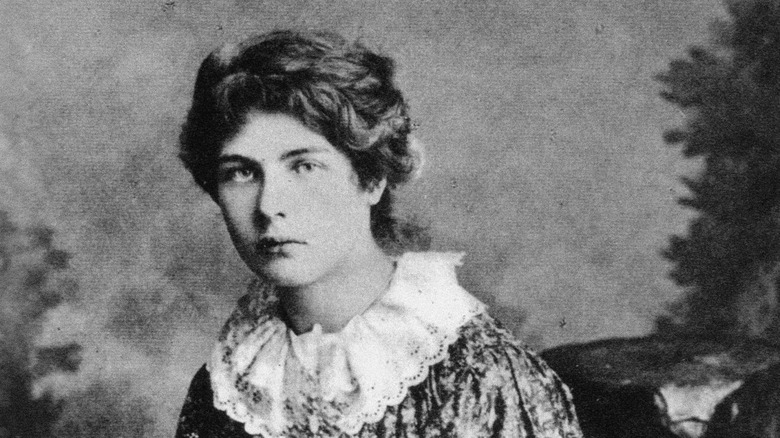
The Tragic Death Of Oscar Wilde's Wife
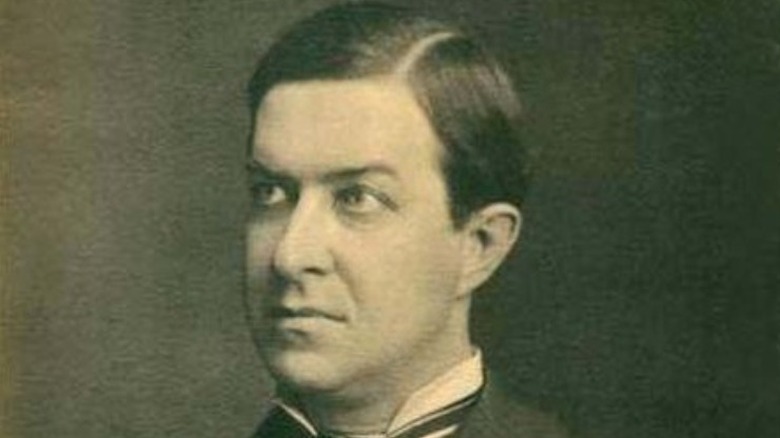

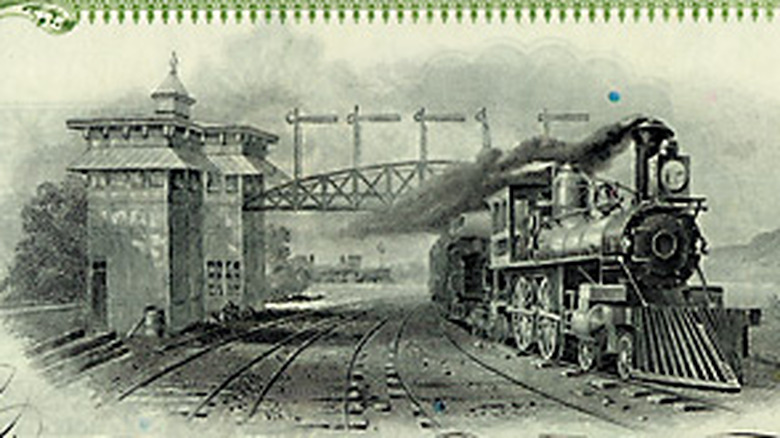
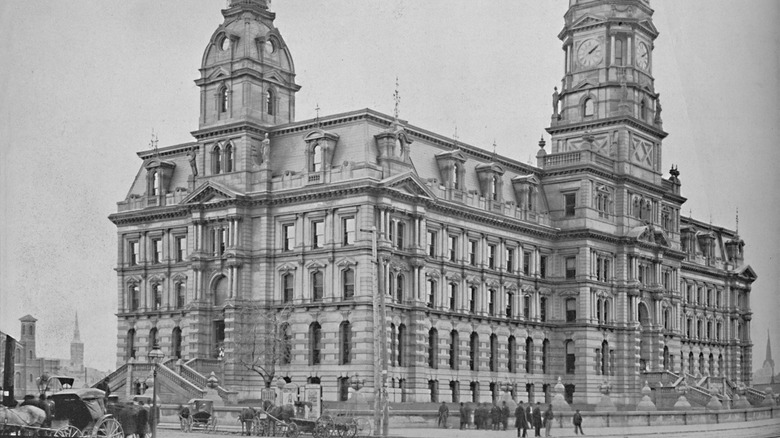

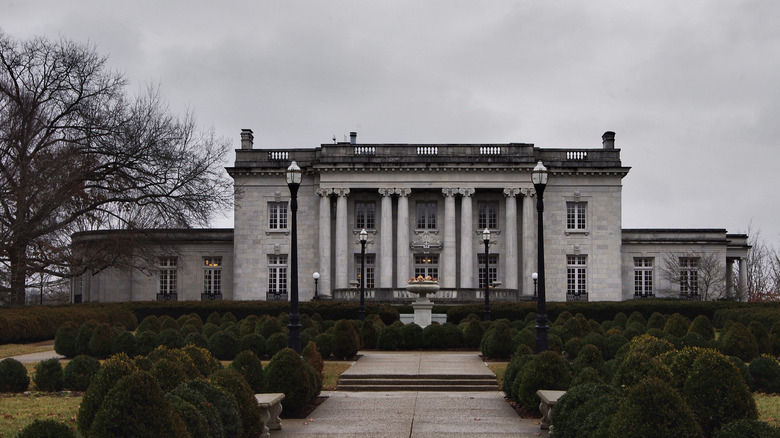
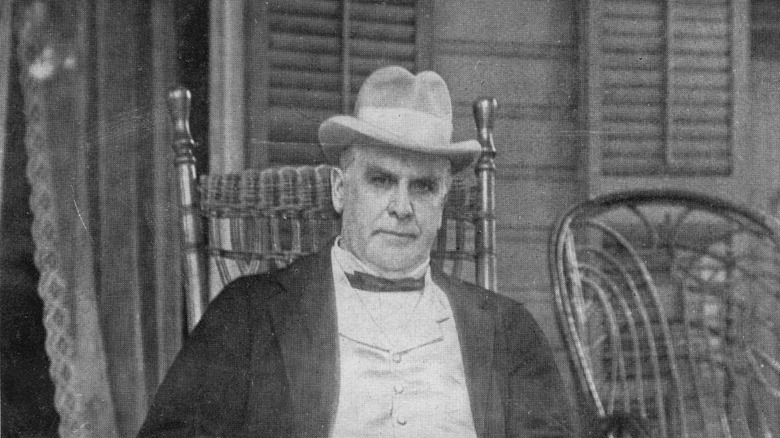
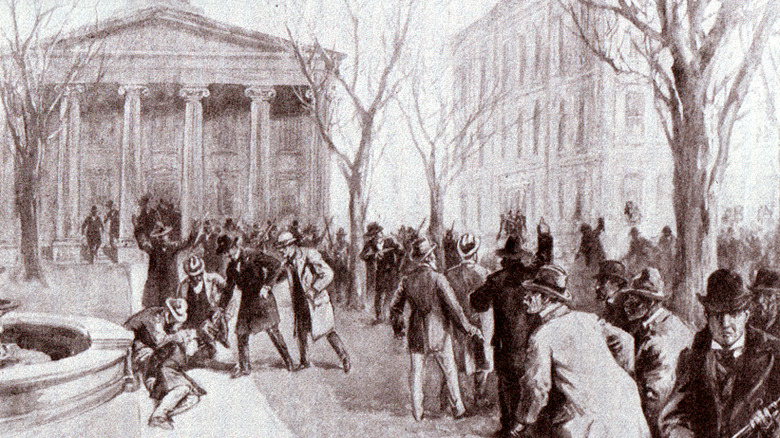
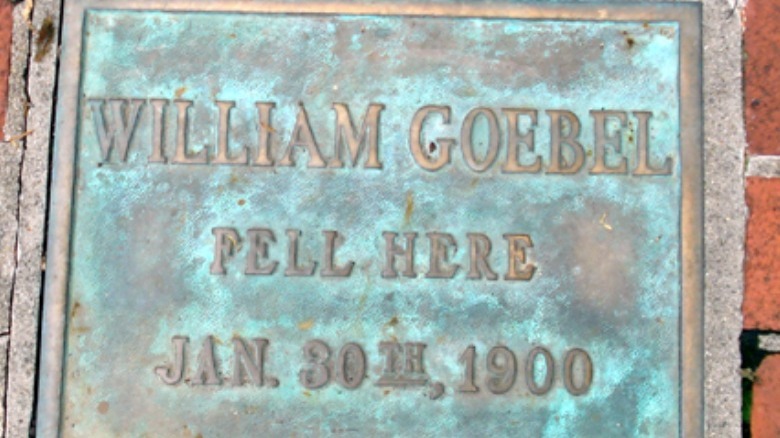

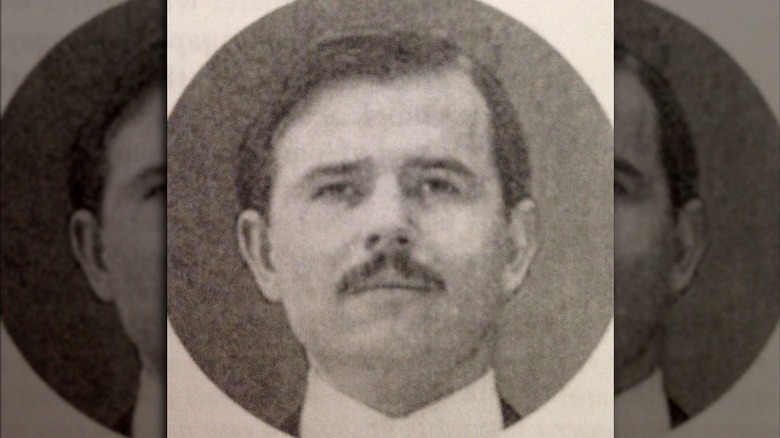
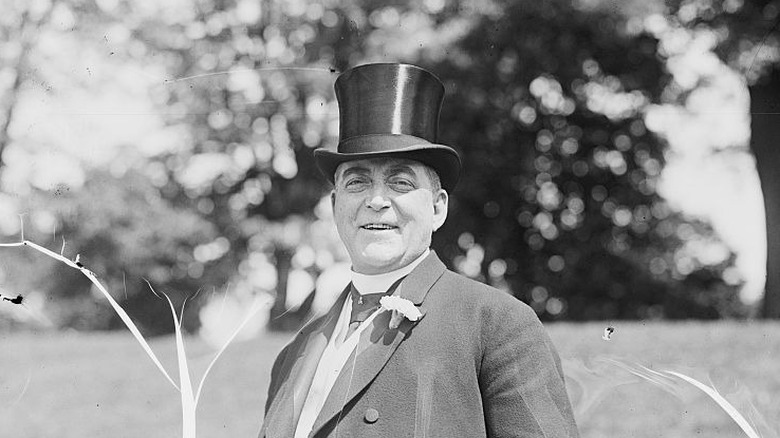


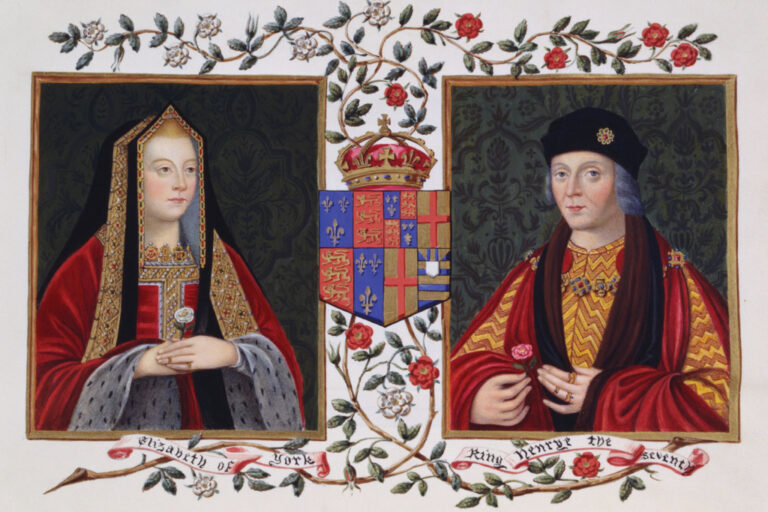
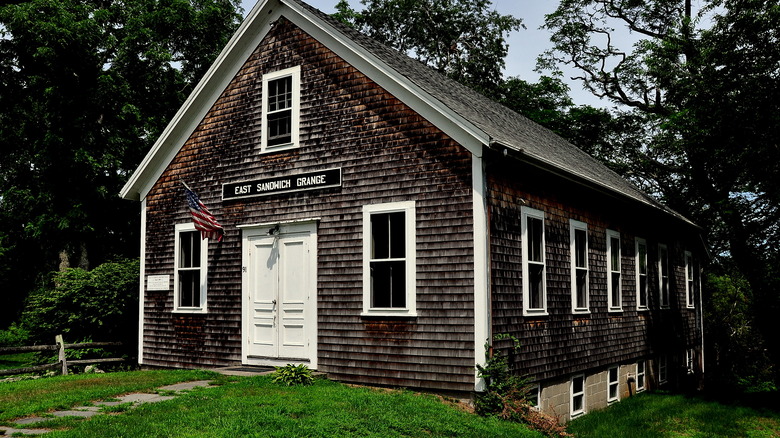






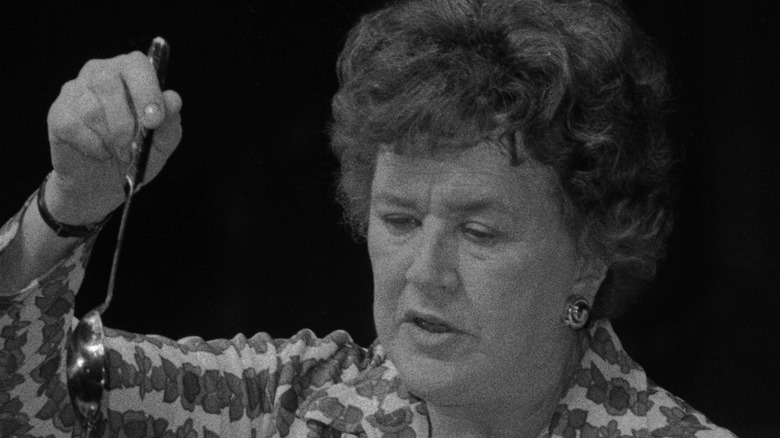


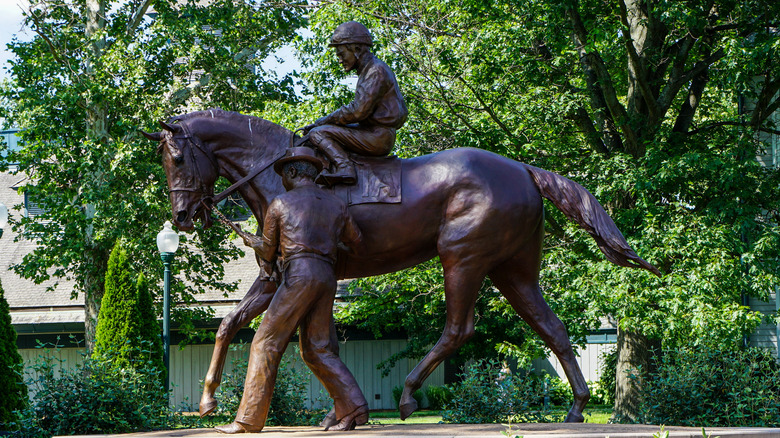


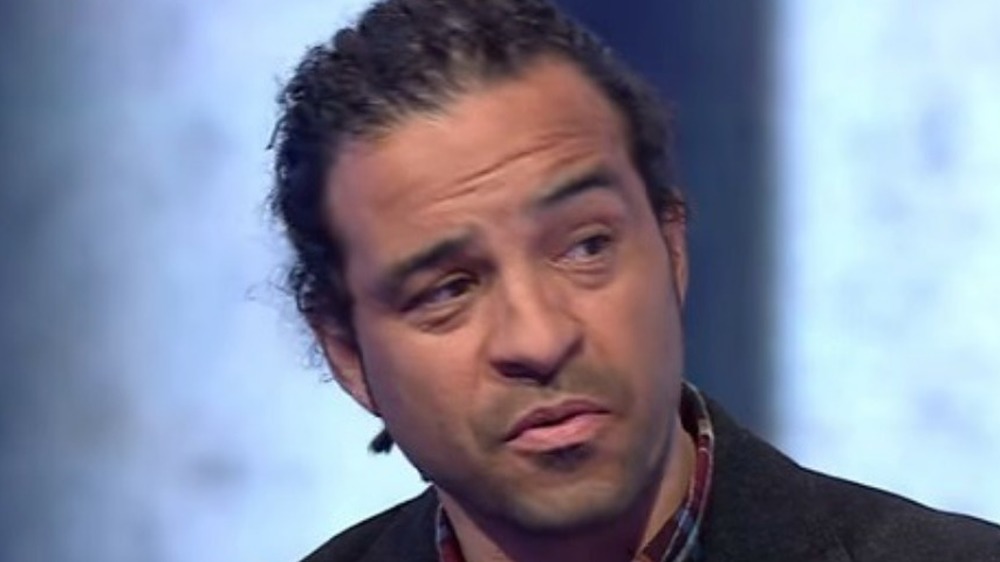
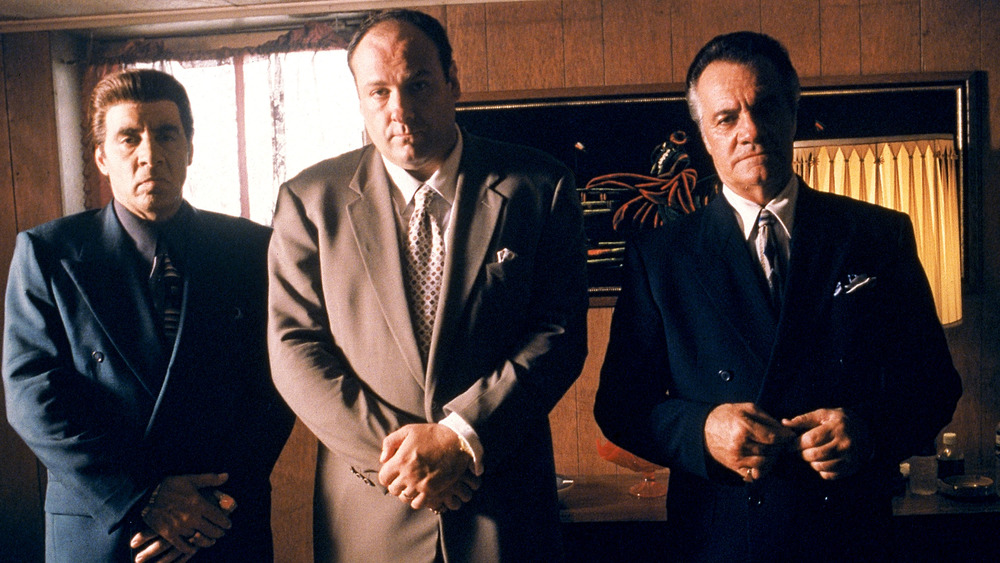

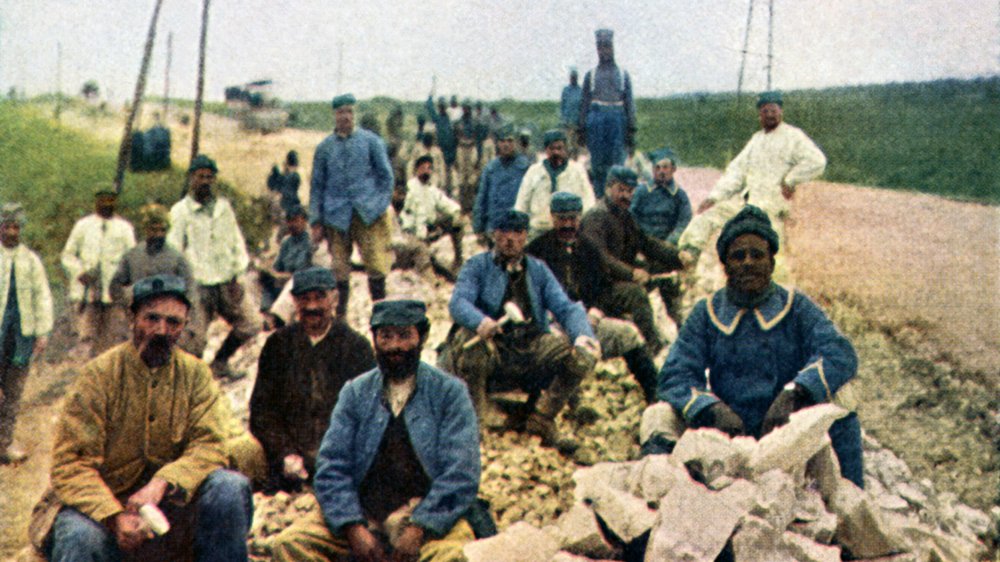




Hi , I do believe this is an excellent blog. I stumbled upon it on Yahoo , i will come back once again. Money and freedom is the best way to change, may you be rich and help other people.